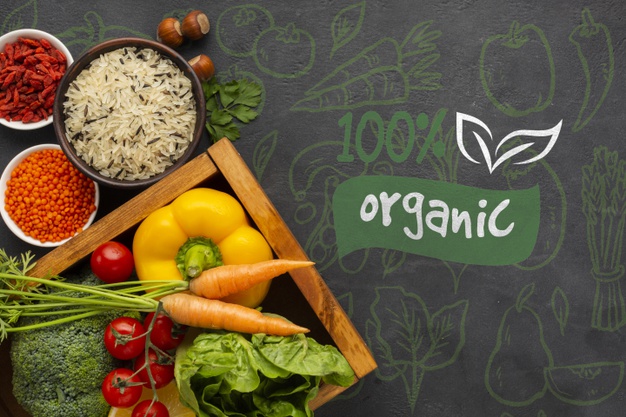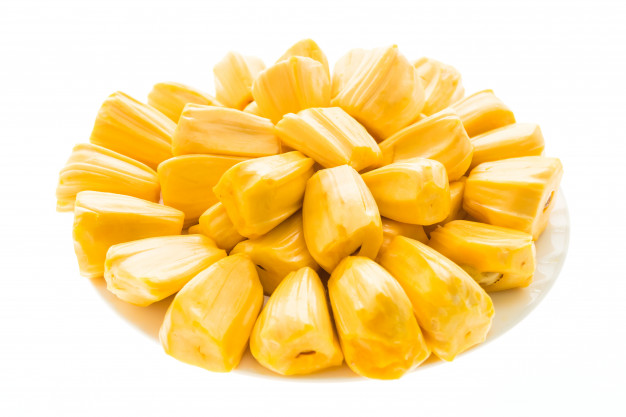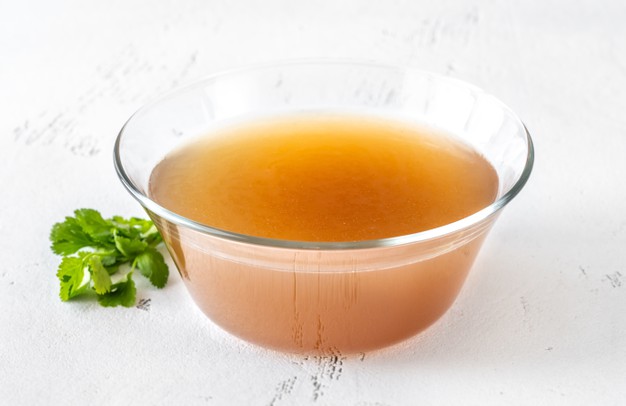Green onion is a healthy vegetables loaded with various imperative nutrients. It has been used for centuries for various medicinal and culinary purposes.
Nutritional profile
- It contains lesser amount of carbohydrates and significantly rich in fibre
- It also contains too some extent of proteins and fats
- It does not provide enough energy on its oxidation due to its poor carbohydrate and fat contents thus it is considered as a low calorie food
- It contains several vitamins as well, like Vitamin C, Vitamin A, Vitamin K and B vitamins
- It is also loaded with various important trace elements like calcium, phosphorus, potassium, magnesium, manganese, iron and copper
- It contains several phytonutrients as well that help in exerting various nutraceutical activities
Biological activity
Antioxidant activity
It is packed with antioxidants that help in protecting the body from the detrimental effects of free radicals by neutralizing them and reduces oxidative stress
Anti-inflammatory activity
- Its phytonutrients components exert potent anti-inflammatory activity that helps in preventing inflammation by reducing the level of inflammatory markers in body
- It is also associated with preventing swelling and pain. Individual suffer from arthritis can include green onion in their diet as it helps in improving joint health by preventing joint swelling whereas also helps in providing relief from pain

Anti-carcinogenic activity
It has the ability to fight against cancerous cells thus its consumption n is thought to be very beneficial for reducing the risk of developing cancers

Hypolipidemic activity
- Consumption of green onion is very helpful for reducing the level of cholesterol in body especially it helps in decreasing the concentration of bad cholesterol or LDL, VLDL and triglyceride, which ultimately minimizes the risk of developing metabolic syndromes in many folds
- Whereas it is associated with increasing the level of HDL, that also helps in providing a positive impact on health
Hypotensive activity
- It is widely used as an imperative remedial action for high blood pressure because it exerts potent hypotensive activity
- It is closely related with restoring nitric oxide, which help in dilating blood vessels as a result reduces blood pressure and ensures smooth blood flow as well
- It is associated with inhibiting the activity of the enzyme Angiotensin II, which is also considered as an important feature for reducing hypertension as this enzyme is accountable for constricting blood vessels as a result increases the risk of developing hypertension
Health benefits

Role on immunity
- It plays important role in boosting up the overall immunity of the body
- Vitamin C present in green onion helps in stimulating the production of WBC, which ultimately helps to make the body able to fight against infection
- Phytochemicals present in green onion also help in improving the immunological responses of the body
Role on digestive health
- Consumption of green onion is very useful for [promoting overall digestyive health
- Its fibre content plays vital role in preventing constipation. It has seen that increase in fibre consumption is closely related with increasing stool bulkiness and softness, which ultimately facilitates defecation, thus helps in promoting regularity
- It is also associated with improving the growth of intestinal beneficial microbes, which in due course improve gut health
- Fibre present in green onion is also very useful for improving colonic health too
- Though individual who are on low-FODMAP diet, in order to get relief from the symptom of irritable bowel syndrome, have to avoid the consumption of onion but green onion can be consumed as it contains relatively lower amount of FODMAPs and thus considered as safe for consumption
Role on skeletal system
- Consumption of green onion is very useful for strengthening the skeletal system
- Vitamin K component of green onion is extremely helpful for promoting skeletal health. It helps in stimulating osteoblast differentiation, which ultimately helps in promoting the formation of healthy bones
- Whereas Vitamin K present in green onion also plays vital role in activating those proteins, which are involved in bone formation as well as mineralization
- It helps in increasing the level of bone formation marker as well, which is also responsible for improving skeletal health
- It has seen that low level of Vitamin K is closely related with reducing bone mass thus it is always better to maintain a healthy Vitamin K level in body in order to improve bone mass
- It also helps in reducing the prevalence of bone fractures and osteoporosis

Role on weight management
- It is very useful for those individual who want to lose their body weight in a healthy manner
- It is very effective for inhibiting fat accumulation within the body and thus significantly reduces the prevalence of obesity
- Consumption of green onion is also associated with suppressing appetite, which ultimately facilitates weight reduction by minimizing calorie consumption
- Quercetin and ferulic acid are considered as two most important components of green onion that help in decreasing total fat percentages and also help in preventing unnecessary fat depositions within body
- On the other hand it is a low calorie food thus its consumption will not increase the risk of gaining weight whereas its consumption helps in preventing obesity


Role on hepatic health
- It is better to include green onion in diet in order to obtain a healthy hepatic system
- It is loaded with various important nutrients, which are essentially required by the body for healthy hepatic functions
- Its antioxidant activity plays vital role in protecting liver from damages or injuries thus helps in promoting hepatic health and functionality
- Whereas it is associated with regenerating liver cells, which is also considered as an important features for improving health
- It plays vital role in normalizing the level of hepatic enzymes
- Fibre present in green onion helps in reducing the level of cholesterol in body that helps to lower the prevalence of fatty infiltration of hepatic cells, which ultimately promotes their activity and also minimizes the susceptibility of fatty liver disease
- On the other hand it also helps to protect the liver from inflammatory damages and helps in reducing the risk of developing hepatic disorders in many folds
Therapeutic uses
It has been traditionally used for various therapeutic uses, like –
- It is widely used as an imperative therapeutic substance for hyperglycemia. Fibre present in green onion helps in delaying the rate of glucose absorption from intestinal epithelial cells as a result lowers blood glucose load
- Its Vitamin C content helps in improving the health and activity of connective tissues. It is also associated with repairing tissue damages and also promotes tissue synthesis thus helps in wound healing as well
- Its cholesterol lowering activity is very helpful for decreasing the risk of developing atherosclerosis, which is considered as one of the leading causes of cardio vascular diseases
- Its magnesium content plays vital role in preventing arrhythmias
- As it contains adequate amount of folic acid thus its consumption is thought to be very beneficial during gestation as it helps in reducing the prevalence of birth defects

Culinary uses
- It can be consumed with added salt and pepper after grilling
- It can be also used for preparing puree
- It can be consumed with asparagus as well
- It can also be used for preparing soup
Risk factors
Individual who are on blood thinner medicines should avoid its consumption

Source:
Koca, I., Tekguler, B. and Koca, A.F., 2015, May. Antioxidant properties of green Allium vegetables. In VII International Symposium on Edible Alliaceae 1143 (pp. 201-206).
Shafiq, S., Shakir, M. and Ali, Q., 2017. Medicinal uses of onion (Allium cepa L.): An overview. Life Sci J, 14(6), pp.100-107.
Upadhyay, R.K., 2016. Nutraceutical, pharmaceutical and therapeutic uses of Allium cepa: A review. International Journal of Green Pharmacy (IJGP), 10(1).
Valentine, S.V., 2010. The green onion: a corporate environmental strategy framework. Corporate Social Responsibility and Environmental Management, 17(5), pp.284-298.
Xiao, H. and Parkin, K.L., 2007. Isolation and identification of potential cancer chemopreventive agents from methanolic extracts of green onion (Allium cepa). Phytochemistry, 68(7), pp.1059-1067.









